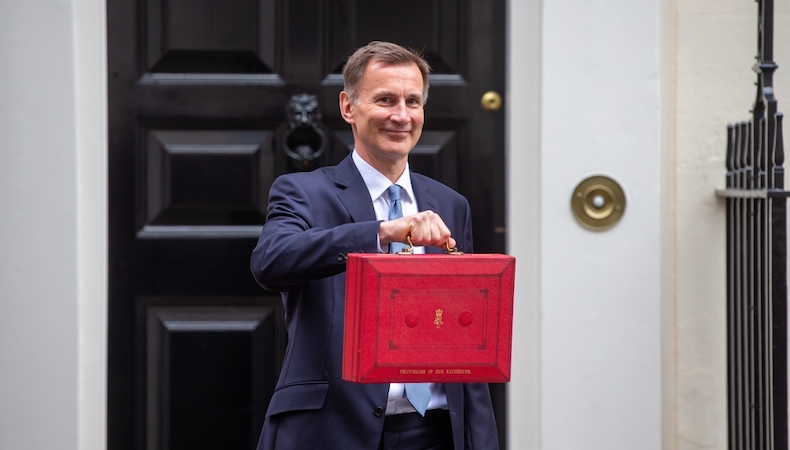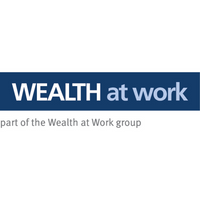Three ways share plan savers can avoid a surprise tax demand
Many companies in the UK operate a save as you earn (SAYE) share plan, offering employees a tax efficient way to invest in their company’s shares.
With many of these set to start maturing in the coming months, some people are likely to have doubled, or even tripled, the amount of money they saved due to favourable market conditions since the Covid-19 pandemic.
However, without expert guidance, many participants may not understand their options once their share plan matures and could be at risk of paying unnecessary tax.
SAYE plans run for three or five year terms, and participants can decide how much to save (up to £500 a month).
At the end of the plan’s term, if the share price has fallen, employees can get all their savings back. If the share price is higher than the fixed price agreed at the start of the plan, individuals can use their savings to buy shares and realise any returns.
Big gains on their way
Jonathan Watts-Lay, Director, WEALTH at work, says a lot of SAYE plans coming up to maturity will have big gains. This is because in 2020 when markets fell, share plans generally had a low share price at inception.
On top of this low starting share price, many companies offered a discount at the start of the plan. As a result, a lot of people will be able to potentially double or even triple the money they saved.
Watts-Lay says: “However, while a financial windfall may seem like a dream to most, participants need to be well informed to make the right decisions as to whether they should sell shares or continue to hold on to them.
“For those who are thinking about selling their shares, it’s important to understand what they can do to reduce, or even eliminate, a potential capital gains tax (CGT) charge.”
The government has cut the CGT allowance from £6,000 to £3,000 for the current tax year.
Where gains from a SAYE plan exceed this amount, CGT is charged at 10% for basic rate tax payers, or 20% for anyone who pays tax at a higher rate. There are, however, ways of maximising tax allowances to help reduce or eliminate a CGT charge.”
WEALTH at work’s tips for reducing a CGT charge.
1. Transfer to an ISA within 90 days
Shares can be transferred directly from some share plans into an ISA up to the value of £20,000 each tax year.
However, while there are many ISA providers on the market, only a small number have been designed to accept transfers from shares coming from an employee share plan, known as an ‘in-specie transfer’.
Therefore, it is important for participants to find a provider which offers this. Sometimes people look to sell shares and repurchase them within an ISA so they grow tax-free. But, unlike a transfer, this will create a capital gains tax charge (if the gain for year is over £3,000) as the shares have been sold.
2. Spread a sale over two tax years
The CGT allowance is available to individuals each tax year. If a participant makes a gain of £3,000 this tax year, they could hold on to the remaining shares and use next year’s £3,000 CGT allowance.
But the risk is that the value of the shares could fall during this time, reducing overall return.
3. Transfer to a spouse or civil partner
Those at risk of breaching the capital gains tax allowance limit could transfer some shares to their spouse or civil partner to benefit from their allowance.
Bring these strategies together
Those with larger gains may benefit from combining these strategies. For example, an individual who saved £12,000 into a share plan with an option price of £1 would be able to buy 12,000 shares at maturity.
Assuming the share price at maturity has risen to £2.69, their shares could be worth £32,280 at maturity, a gain of £20,280. Selling all these shares at once and using only their own £3,000 CGT allowance could lead to a tax charge of £3,456, or half this amount if the gains fall into the basic rate tax band. Combining the above tax planning strategies could potentially reduce their tax charge to zero.
Jonathan Watts-Lay, Director, WEALTH at work, says: “SAYE plans are used by many companies to motivate and reward their hard-working employees, as well as help them to build their financial resilience.
“It is a low-risk way to save, with the possibility of a very good return on investment. However, it is important that after many years of saving, share plan participants don’t end up paying unnecessary tax.”
He continues, “We have worked with many organisations with share plans to provide their employees with financial education and guidance, as well as access to a workplace ISA to protect any gains from CGT, and investment advice for those with complex circumstances.
“This ensures participants understand the benefits of taking part and what steps they need to take when their plan matures.”
Supplied by REBA Associate Member, WEALTH at work
WEALTH at work is a leading financial wellbeing and retirement specialist - helping those in the workplace to improve their financial future.







